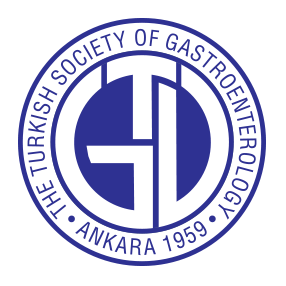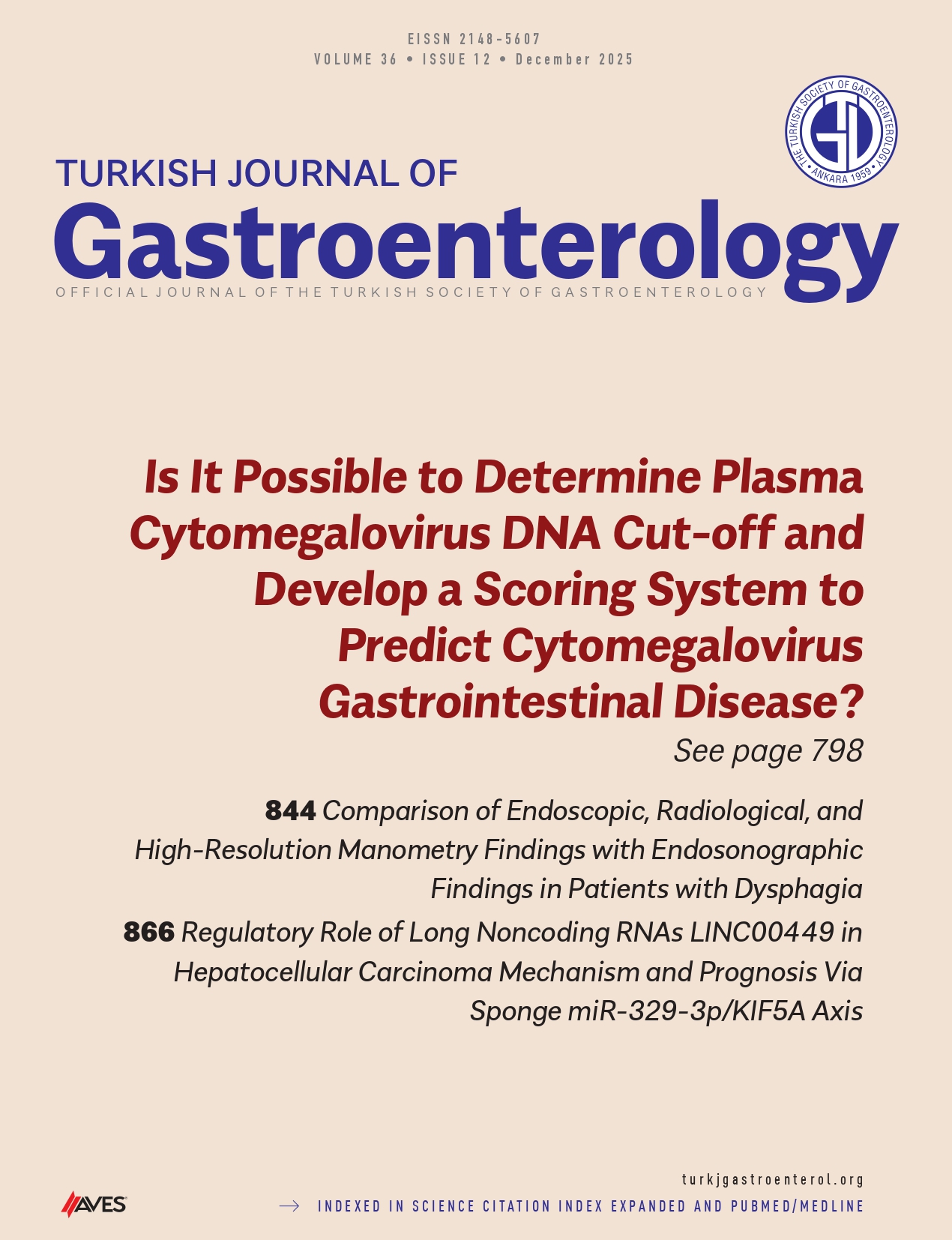Background/Aims: Cholecystectomy, while generally safe with low perioperative morbidity and mortality, has been linked to an increase in metabolic disorders. Metabolic dysfunction-associated fatty liver disease (MAFLD) is a globally prevalent condition that leads to both hepatic and systemic complications. This study aimed to investigate the association between cholecystectomy and MAFLD.
Materials and Methods: This cross-sectional study was designed to evaluate the relationship between cholecystectomy and MAFLD. Metabolic dysfunction-associated fatty liver disease was defined by the presence of hepatic steatosis in combination with any of the following conditions: diabetes mellitus (fasting plasma glucose ≥126 mg/dL), overweight (body mass index (BMI) ≥25 kg/m2), or metabolic dysregulation.
Results: A total of 163 participants with BMI ≥25 kg/m2, including consecutive cholecystectomized (N = 83) and non-cholecystectomized (N = 80) subjects, were included. The prevalence of MAFLD was found in 64 out of 83 (77.1%) cholecystectomized patients and in 30 out of 80 (37.5%) non-cholecystectomized subjects (P < .001). When age, gender, BMI, exercise habits, hypertension, diabetes mellitus, and cholecystectomy status were included in regression analyses, we found that only BMI [odds ratio (OR) = 1.155 (95% CI: 1.040-1.283)] and cholecystectomy [OR = 4.540 (95% CI: 2.200-9.370)] were independently associated with MAFLD (both P < .01). ROC analysis identified 10 years as the cut-off, with MAFLD risk being 2.7-7.3 times higher in patients with cholecystectomy for ≤10 and >10 years.
Conclusion: In our study, MAFLD was found to be 4.5 times more likely in cholecystectomized patients compared to those without cholecystectomy, with a significant increase in frequency observed after 10 years. These results suggest that cholecystectomized patients should be monitored for MAFLD.
Cite this article as: Sezer S, Demirci S, Kara M. Metabolic dysfunction associated fatty liver disease in long-term cholecystectomy patients: A cross-sectional study. Turk J Gastroenterol. 2025;36(3):162-168.




.png)
.png)